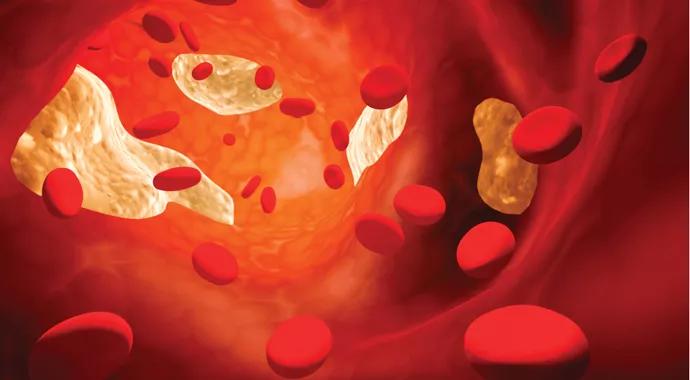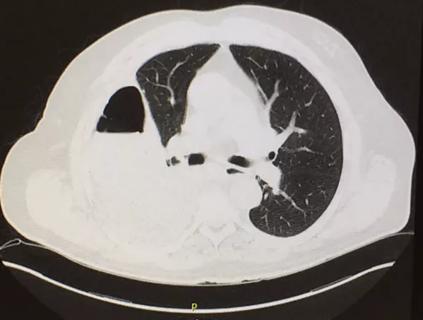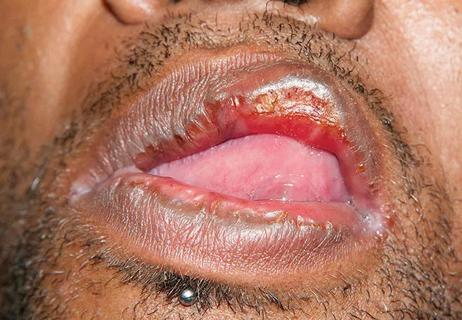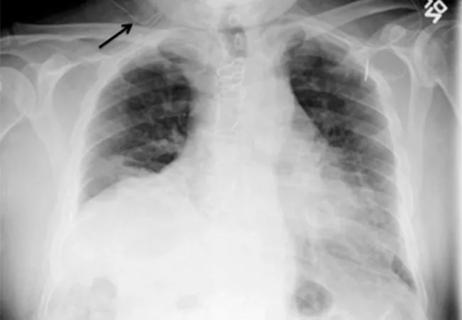Advertisement
Subsequent statin trials, intermittent dosing can be effective options

New guidelines issued by the American Heart Association and American College of Cardiology may potentially expand the number of patients using statins as a first-line therapy in hyperlipidemia management. Yet, some patients cannot tolerate the drugs due to muscle aches and weakness, gastro-intestinal symptoms, liver enzyme abnormalities or other issues. This poses a challenge to reducing patients’ low-density lipoprotein cholesterol (LDL-C), considering statins’ demonstrated benefits in primary and secondary prevention of cardiovascular morbidity and mortality.
Advertisement
Cleveland Clinic is a non-profit academic medical center. Advertising on our site helps support our mission. We do not endorse non-Cleveland Clinic products or services. Policy
A major observational study by Cleveland Clinic offers some good news for these patients and their doctors: The majority of patients with previous intolerance can tolerate a subsequent statin trial. In addition, intermittent statin dosing can be effective in some patients and may result in the reduction of LDL-C levels and even the attainment of LDL-C goals.
The study, published in September’s American Heart Journal, is the largest to date to review different treatment regimens and their effect on LDL-C in patients with statin intolerance. The retrospective analysis included medical records of 1,605 patients referred for statin intolerance to Cleveland Clinic between 1995 and 2010, with at least a six-month follow-up.
“We found that in patients who previously reported statin-related events, most were eventually able to tolerate long-term use of a statin and benefit from its cholesterol-lowering effects,” says Leslie Cho, MD, the study’s lead author and Section Head of Preventive Cardiology and Rehabilitation in the Robert and Suzanne Tomsich Department of Cardiovascular Medicine.
Co-author Michael Rocco, MD, Medical Director of Cardiac Rehabilitation and Stress Testing, Section of Preventive Cardiology, explains: “Even though statins work by similar mechanisms, intolerance to one does not predict a poor response to another.”
During a median follow-up of 31 months, 72.5 percent of patients previously identified as “statin-intolerant” remained on regular statin therapy —including 63.2 percent on a daily regimen and 9.3 percent on intermittent dosing (ranging from once weekly to six days a week). Statins were completely discontinued in only 27.5 percent of patients.
“Even if patients cannot tolerate a daily dose of statin, it’s possible to see a significant reduction in cholesterol levels from taking the drug less often, even as infrequently as once a week,” Dr. Cho says.
Patients on intermittent statin dosing had significantly less LDL-C reduction compared with those on daily dosing (21.3% ± 4% vs. 27.7% ± 1.4%; P < .001); but compared with patients who discontinued statins, those on intermittent dosing had significantly greater LDL-C reduction (21.3% ± 4% vs. 8.3% ± 2.2%; P < .001). Also, a significantly higher portion of patients on intermittent dosing vs. those who discontinued statin therapy achieved Adult Treatment Panel III LDL-C goals (61% vs. 44%; P < .05).
Some studies with atorvastatin, fluvastatin and rosuvastatin have suggested that every-other-day dosing regimens need to be nearly twice the daily dose to result in comparable LDL-C lowering, but Cleveland Clinic’s analysis found that reasonable reduction can be achieved with the same or even low doses in both daily and intermittent dosing strategies.
Advertisement
Also, Dr. Rocco says: “Starting at a low dose of potent statin with intermittent dosing and gradually increasing the dose and frequency over time can promote better tolerance.”
Fortunately, many patients are able to tolerate statins without side effects, but it is not uncommon for some patients to complain of symptoms they believe are caused by their lipid-lowering medication. These guidelines can help you respond:
Patient history. Headaches, gastrointestinal complaints, muscle toxicity (weakness and/or pain) and elevated hepatic enzymes have been shown to be related to statin usage. Since those symptoms also may result from factors unrelated to statin intake – increased physical activity, hypothyroidism, heavy alcohol use, acute viral disease or drug interactions, for example – it’s important to first conduct a thorough history of your patient to rule out other causes.
Rechallenge. Discontinuing the statin to determine if adverse muscle or hepatic events resolve, and rechallenging with the previous or lower dosage to determine if symptoms return, can help confirm whether intolerance is the root cause.
Dosage or drug changes. If symptoms resume on rechallenge, consider reducing the dosage amount or administration frequency of the existing statin, or prescribing a different one. Statins with alternative metabolic pathways may provide symptom relief. Those with longer-acting formulas may enable intermittent – i.e., every-other-day or weekly – dosing while still helping reduce low-density lipoprotein cholesterol (LDL-C). However, it remains unclear whether such intermittent statin dosing results in the same cardiac risk reduction as daily administration.
Other alternatives. If statin-related symptoms still persist, LDL-C reducing options alone or in combination include non-statin drugs such as ezetimibe, bile acid sequestrants and niacin. It is important to emphasize the role of physical exercise and dietary additions such as soy, viscous fiber (found in whole grains, beans, nuts), plant sterols and stanols (from fruits, vegetables, nuts, seeds, cereals and legumes). Caution is advised, because clinical trials have not compared the long-term outcomes of various statin intolerance-management strategies.
Advertisement
Advertisement

Careful history and clinical observation are still valuable tools

What is the diagnosis?

Case highlights unusual presentation

Syphilis resurfaces as a major concern

Induced by brachial plexus block

An updated review of risk factors, management and treatment considerations

OMT may be right for some with Graves’ eye disease

Perserverance may depend on several specifics, including medication type, insurance coverage and medium-term weight loss